I'm creating an application and I want the status bar hidden. When I test the app, the status bar is hidden whilst the splash screen is shown, but once the app is fully loaded, the status bar reappears.
I'm using Xcode 5 and iOS 7, and have tried disabling the status bar programatically
([[UIApplication sharedApplication] setStatusBarHidden:YES
withAnimation:UIStatusBarAnimationFade];),
in the info.plist file, and using the attributes inspector on the .xib file. Nothing appears to work.
Any ideas?


